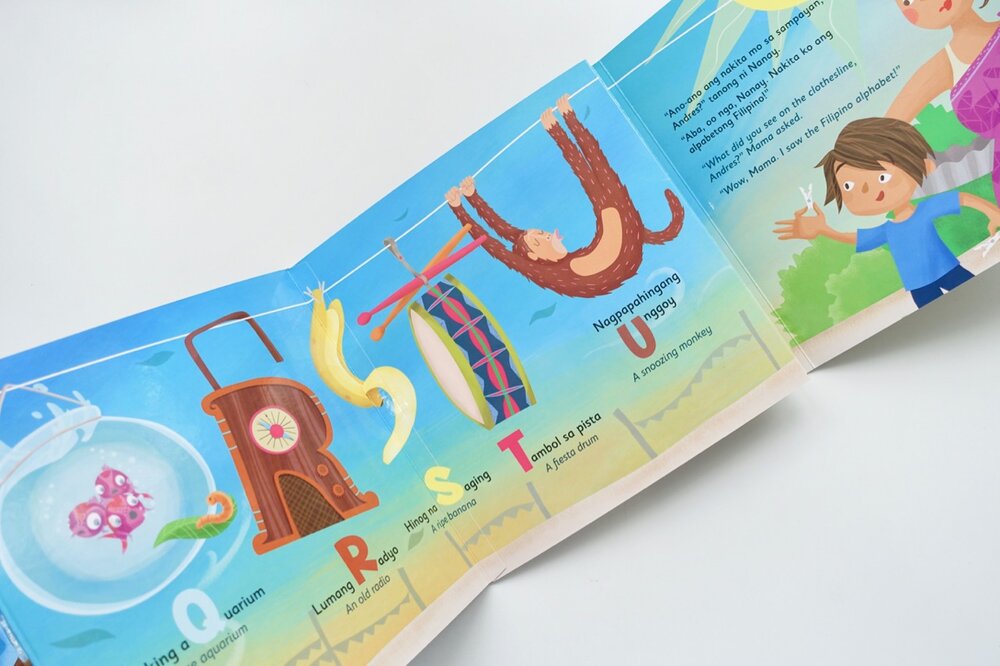Nursery Rhymes With Tahanan Books: Kaisa-Isa Niyan (Maguindanaon Folk Song)
This is our third and final feature of the Folk Songs of Filipino families from different parts of the country. Previously shared was the Cebuano Folk Song, Pakitong Kitong and Ed-Eddoy, an Ifugao Folk Song. Today I am super excited to share the simple and memorable Maguindanao Folk Song, Kaisa-Isa Niyan.
Where is Maguindanao? Maguindanao is a province in the Souther Philippines located in the Bangsamoro Autonomous Region in Muslim Mindanao. Maguindanao culture is known for its unique flavors, musical instruments and incredibly beautiful mosques. I would love to visit the Yellow Mosque and Pink Mosque (Masjid Dimaukom) one day. Maguindanao people and the region of Mindanao was an important lesson for me to learn about the Philippines and Filipino (nationality) culture because my mindset is often Tagalog and Manila-centric. The Philippines is made up of thousands of islands and pre-colonial Spain each region identified as it’s own entity, this included language and food. Which is the Philippines is a rich culture, it’s not just one! There are 175 living languages within the Philippines and spoken by various ethno-linguistic groups! Fascinating, di ba? Today, let’s explore the culture of the Maguindanao people through this folk song.
Kaisa-Isa Niya|
Kaisa-isa Niyan is a counting song using Maguindanaoan language and teaches simple rhythms, knowledge of the unique instruments of the region and of course counting. The instrument, Maguindanaon Kulintang Ensemble, is made up of gongs and drums and shown used in various ways through the brightly colored pages. The instruments that accompany this musical folk song are; the kulintag a set of eight metal gong kettles and provides the melody; agung is a large drum hanging from a bamboo base which has a low bass sound, similar to what you might know as a gong in other cultures; gandigan is a set of four gongs that play short melodic patterns. You’ll also find the babndil, a single gong that keeps time and the dabakan, a single headed drum that is the backbone of the ensemble. (*all information is located on the last page of the book)
What I love most about this folk song series by Tahanan Books is that the musical notes and cultural information accompany each book in the last few pages. Music is such an easy way to teach about almost any topic and what a beautiful way to expose our children (and ourselves) through these regional folk songs.
Bonus|
Tahanan Books also released a darling accordion alphabet book, Ang Mahabang Sampayan ni Nanay. The clever story of Andres takes any reader on a curious alphabet journey filled with the wonder of a child.
When we know about the history and diverse cultures of our host country we feel more connected and in turn, we care more. Using books and music is a great way to generate more place attachment and connection with our place. May we do the work, reap the benefits and share the goodness. Thank you Tahanan Books for creating these lovely windows into the music and culture of Filipino families.












